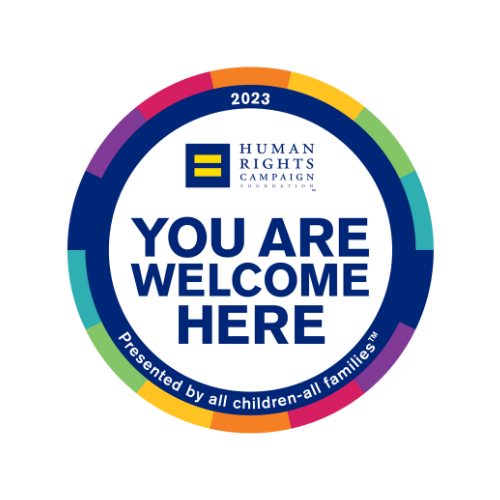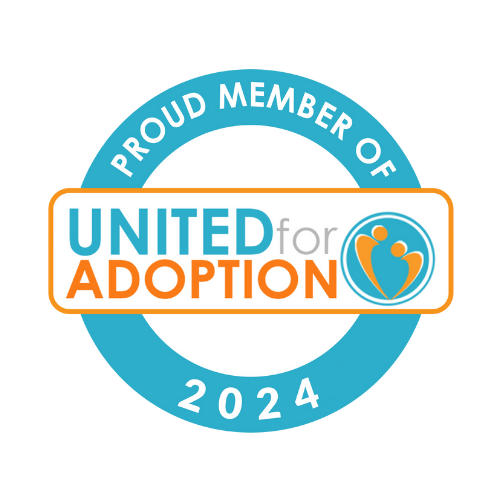by Happie Larson
President, Utah Foster Adoptive Families Assn. (UFAFA)
UFAFA would like to take a moment to remind all foster parents of DCFS policy concerning clothing allowance for children in foster care. The current clothing allowance is $41 per month per child.
Specific clothing allowance policy is located at:
http://www.dcfs.utah.gov/guidelines_rules.htm.
Click “Practice Guidelines” and find section 305.
Editor’s note: this link is no longer accurate and there is no replacement.
This section outlines responsibilities of an out of home caregiver, and is a great foster parent resource. Line 27 gives specific instructions for foster parents clothing expenditures “Use clothing allowance and monthly out-of-home payments as allocated for new and gently used clothing or new diapers. It is acceptable for an out-of-home caregiver to sew the child’s clothing if there is no charge for the labor. A child’s wardrobe may be supplemented with previously worn clothing if in good repair and it is purchased through a used clothing store and a receipt is provided.”
There has been some confusion among Child and Family Team Members who in the past have authorized these funds to be used for bus passes, makeup, concert tickets etc. Those purchases are against policy and foster parents should resist using a child’s clothing allowance for such things.
A great way to stretch $41 per month is to shop at second hand stores such as Plato’s Closet and Kid to Kid. These stores and many others offer quality name brand items, at much reduced prices.
Another area of confusion, is whether the foster parent can “save up” funds over a period of several months. UFAFA asked this question and received the following answer, “it is appropriate for a foster parent to save the $41per month for several months, but only with caseworker approval.” Reasons to “save up” these funds include purchasing school clothing, formal wear, or to meet winter clothing needs. When UFAFA specifically asked about formal wear, DCFS officials indicated that renting formal wear is an acceptable use of a child’s clothing allowance, but only with case worker approval. It is important to note, that any funds that have been saved but not used, go with the child in the event that the child changes placement or returns home. Please remember this clothing allowance is a right not contingent upon behavior.
UFAFA has also asked that DCFS specifically address the term “clothing” and what can and cannot be purchased. DCFS did agree that hats, belts, ties and scarves are considered clothing, whereas makeup, hygiene products and hair care items are not clothing items and cannot be deducted from the $41.
One area of concern is what to do with clothing items that have been outgrown, or are otherwise no longer usable. Again turning to DCFS for answers, UFAFA was told that these items can be given to the caseworker, the child’s family, donated or given to other foster children, but under no circumstance are these items to be sold. And it is best to document how and where clothing items have been disposed, for case worker review.
Remember to keep receipts, and place these in the home to home binder for case worker review. When in doubt, ASK! It is always best to consult the caseworker, and to bring up clothing issues in the Child and Family Team Meetings. There are many things occurring in a foster child’s life. Concerns about adequate clothing shouldn’t be one of them.





